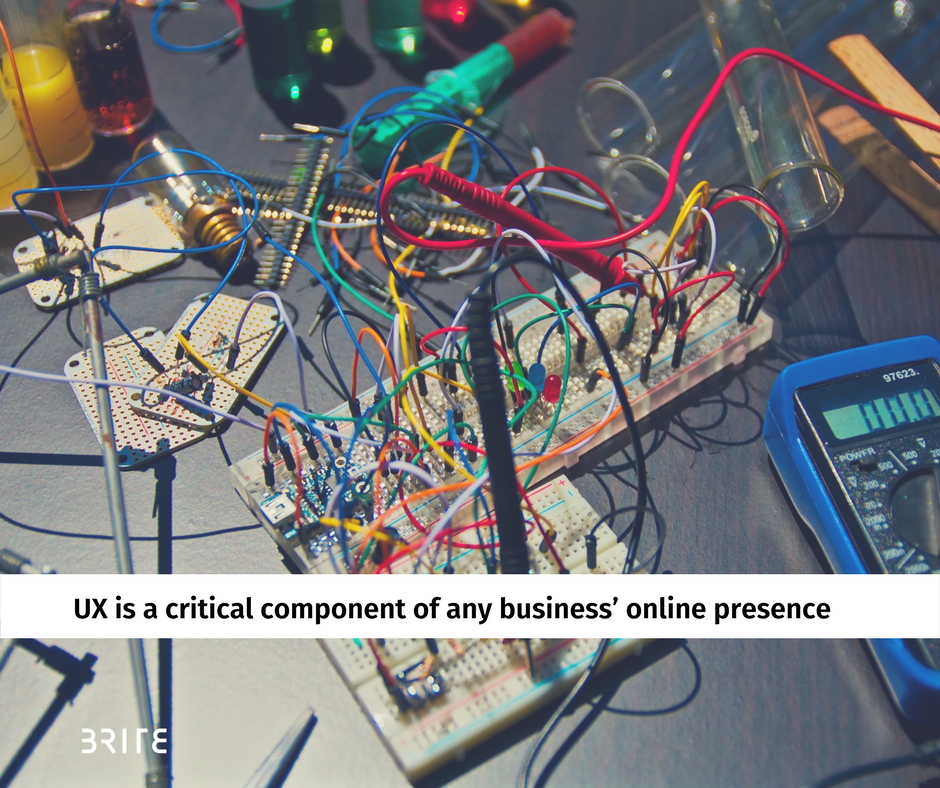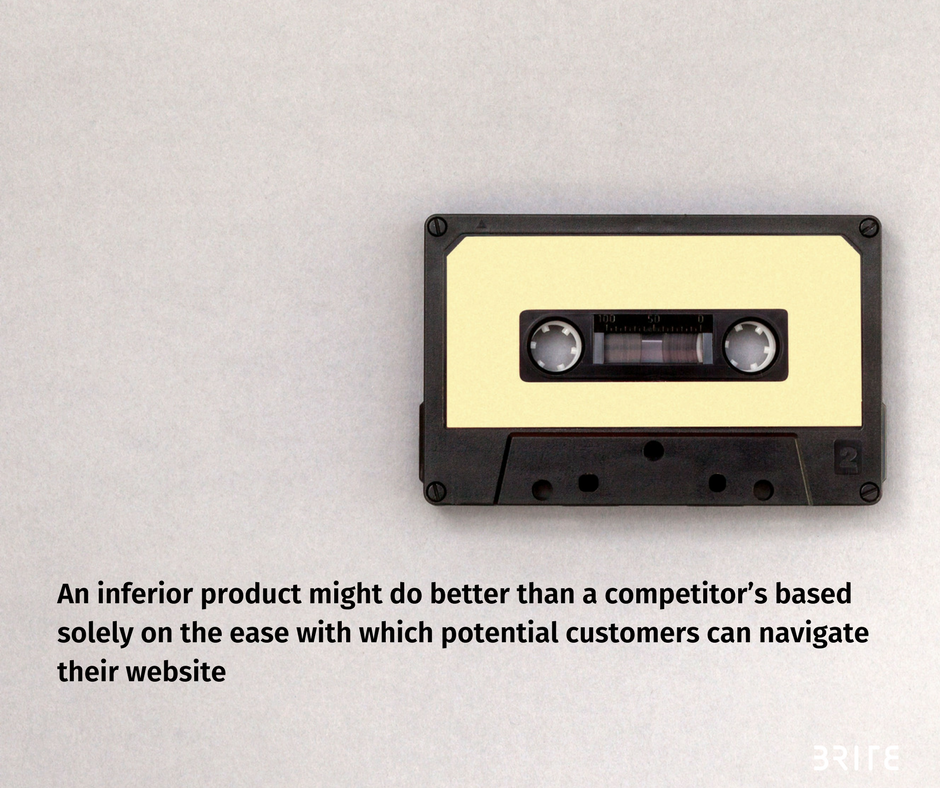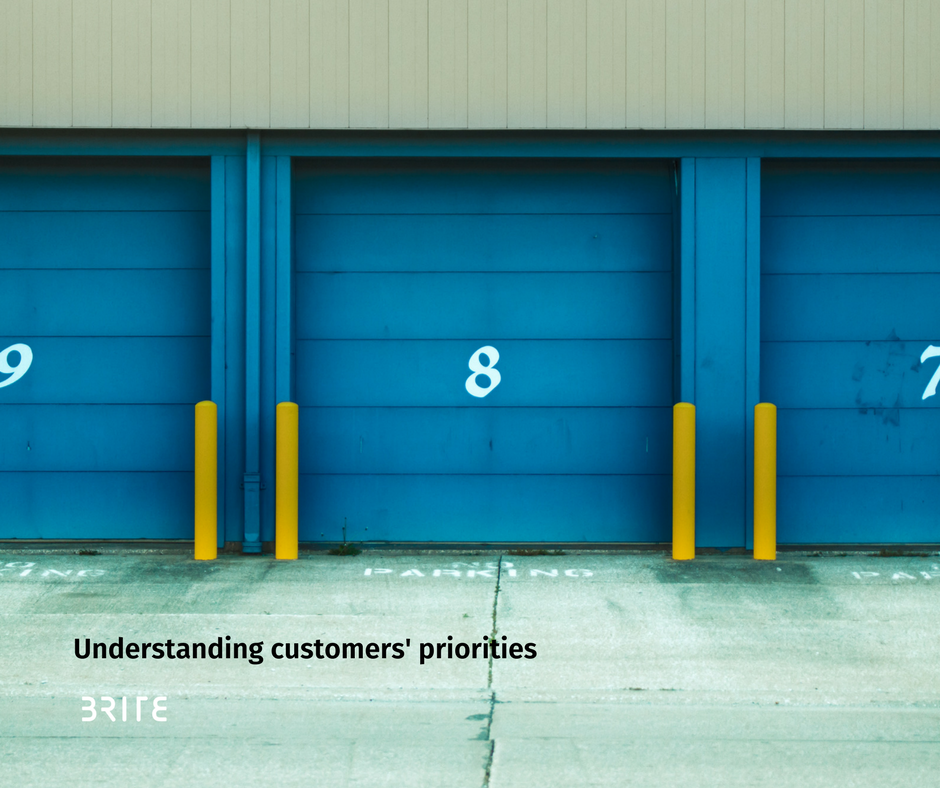Though the digital world has made it easier for businesses to gain visibility and communicate more efficiently with customers, excelling in the digital marketplace isn’t always a given. The internet doesn’t discriminate (well, eventually it does with things like search engine rankings), which means anyone can take advantage of the accessibility it affords businesses.
But thriving in the digital marketplace is not as simple as launching a website and establishing a social media presence. In fact, as this blog has touched upon in the past, businesses aren’t immune to mistakes that can potentially harm their brand. And it’s not always just a matter of harming a brand directly, either. Sometimes a business can miss out on opportunities to grab a potential customer’s attention, effectively driving them away before they even have a chance to discover the service or product on offer.
With unprecedented accessibility on the business’ end of the digital relationship comes unprecedented choice for consumers. If anything even seems remotely off about a user’s experience when they’re interacting with your brand online, they can easily move onto the next offer.
Accessibility has effectively shrunk consumer attention spans, and the online elevator pitch is something that has to be delivered and understood before the elevator doors even close. This is why user experience, or UX, is a critical component of any business’ online presence.
UX is a concept that has long been understood as it relates to consumer products. The iPhone is a great example. For the less tech savvy among us, the iPhone provides users with a satisfactory experience because using one feels so intuitive. Even if you’re not entirely sure how to use the device at first, it often feels like you can guess your way around one and sooner than later, feel comfortable using one while simultaneously learning more as you go.
The same kind of experience is also desirable when discovering and interacting with a brand online. As Monsoonfish point out in an article providing user experience tips, “UX is the way of improving user satisfaction by improving accessibility, usability, and efficiency of a user’s interaction with your designed interface.”
Take a website for example; if it takes a while to load, is difficult to navigate, has a dull design and is filled with written content that is clumsy and riddled with grammatical errors, it won’t be ticking any boxes in terms of user experience. No matter the quality of the product or service being offered at the end of the line, it is unlikely that users will even get there if a company’s online presence offers nothing in the way of experience.
In this sense, an inferior product might do better than a competitor’s based solely on the ease with which potential customers can navigate their website. What this ultimately means is that user experience is very closely associated to brand identity, and can certainly contribute to making or breaking a brand.
As Adam Richardson points out in his Harvard Business Review article entitled Understanding Customer Experience, “Every company provides customer experience… That experience may be good, bad or indifferent, but the very fact that you have customers, you interact with those customers in some manner, and provide them products and services, means that they have an experience with you and your brand.” But since the digital world often serves as the first point of contact between companies and potential clients, user experience represents an important chunk of customer experience.
If the digital world is gaining popularity as the first point of contact between brands and customers, then UX in the context of mobile devices is another important point to consider. Increasingly, mobile devices are dominating total minutes spent online, so companies have to optimize for mobile to ensure that a good user experience on their website can be transitioned seamlessly to a mobile device.
There’s a lot of data to support the inherent value in developing a mobile marketing strategy, and a lot of it comes back to user experience. Impact, an American inbound marketing agency, has done us all a favor and compiled a list of 38 mobile marketing statistics that are definitely worth browsing through. Ultimately, what many of these statistics point out is that there’s a strong correlation between UX and return on investment. They also confirm the assumption that digital consumers are fickle and more than ready to drop a brand or leave a website that isn’t living up to user expectations.
Since we are all digital consumers in one way or another, it’s pretty easy to identify bad user experience. In that case, what does good UX consist of and who’s doing it right? UX Designer Laura Flugga picked 10 websites and apps she feels are great examples of UX done right.
What Laura’s picks all have in common is that they seem to understand their customers’ priorities, and respond to these needs in a focused and simple manner. Duolingo asks users just three questions that, once answered, allow them to start learning a new language. PayPal went to great lengths to simplify their website in the name of reducing information, improving organization and saving time, and the result is an enhanced UX that manages to keep even the least attentive of us engaged for long enough to understand the value their service brings users. And Google is Google; the Google Play store is fast, intuitive, and doesn’t ask users unnecessary questions that will impede the purchasing process.
So as you continue navigating online, keep track of your own experiences and see what makes for a good or bad one. You might realize that having access to high-speed connections on several devices has also made you a little impatient, and your experience on the web has made you a pro in identifying a site that isn’t worth your time. And it’s not necessarily because the information this site has to share or the product it’s selling is bad, they just haven’t packaged it in an experience that is easy, engaging and accessible.
Photo by Unsplash
Bradley Castelli is Content Manager at Brite





